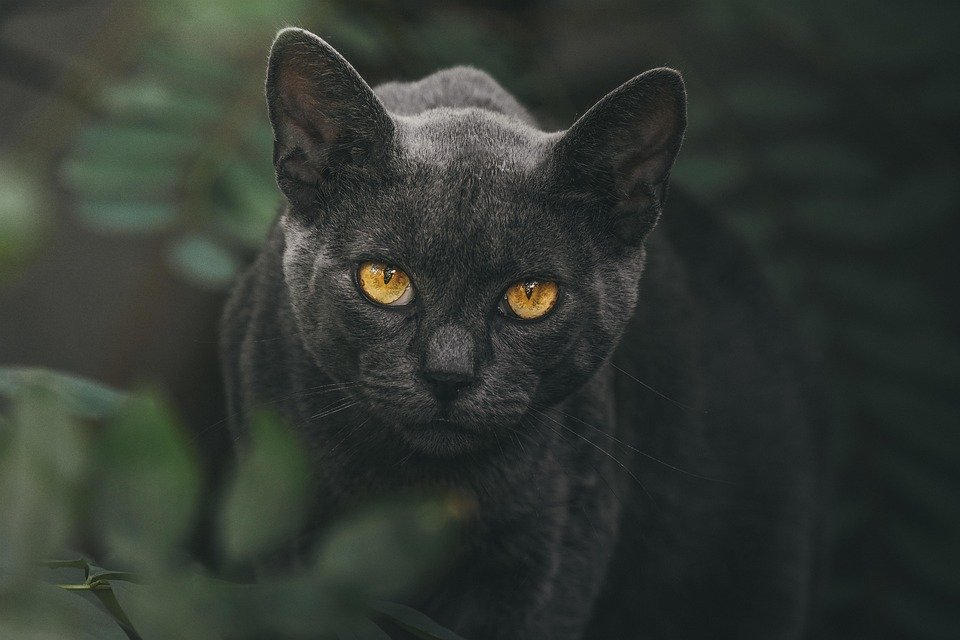
“`html
Understanding the Importance of Eye Care for Cats
Cats are known for their striking eyes, which can range from deep green to bright blue. However, these beautiful orbs require more than admiration; they demand proper care and attention. Eye health is crucial for cats not only for their vision but also for their overall well-being. Just like humans, cats can suffer from a variety of eye issues, ranging from infections to congenital disorders. Ensuring your feline friend’s eyes are healthy can prevent discomfort and more serious health problems down the line.
Common Eye Problems in Cats
Before diving into specific care tips, it’s essential to recognize some common eye problems that cats might face:
Conjunctivitis
This is an inflammation of the conjunctiva, the pink membrane lining the inside of the cat’s eyelids. Symptoms include redness, swelling, and discharge. It can be caused by infections, allergies, or irritants.
Cataracts
Cataracts occur when the lens of the eye becomes cloudy, leading to impaired vision. While more common in older cats, it can also be caused by diabetes or other underlying health issues.
Glaucoma
This condition involves increased pressure within the eye and can lead to permanent blindness if left untreated. Symptoms include a cloudy eye appearance, dilated pupils, and noticeable pain.
Corneal Ulcers
These are open sores on the cornea, often caused by trauma, infection, or foreign bodies in the eye. They are painful and require veterinary attention.
Watery Eyes
Excessive tearing can indicate blocked tear ducts, allergies, or infections. While some tearing is normal, especially in certain breeds, a sudden increase can be a cause for concern.
Routine Eye Care Practices
To keep your cat’s eyes healthy, incorporate these routine eye care practices into your regular grooming routine:
Regular Inspection
Inspect your cat’s eyes regularly for any signs of redness, cloudiness, or discharge. Early detection of problems can prevent more serious conditions.
Keep the Eyes Clean
Use a soft, damp cloth to gently wipe away any discharge around your cat’s eyes. Always use a separate cloth for each eye to prevent the spread of any potential infection.
Trim Hair Around the Eyes
If your cat has long hair, ensure that it is trimmed short around the eyes. This prevents irritation and reduces the risk of hair poking the eyes.
Maintain a Clean Environment
Dust, dirt, and allergens can irritate your cat’s eyes. Keep their living area clean and free from excessive dust. Regularly wash bedding and vacuum to minimize allergens.
Diet and Eye Health
A balanced diet is essential for maintaining healthy eyes. Ensure your cat’s diet includes:
Taurine
An essential amino acid for cats, taurine is crucial for eye health. Most commercial cat foods contain taurine, but ensure your brand meets this requirement.
Antioxidants
Vitamins A, C, and E are vital for eye health. These antioxidants help prevent cellular damage in the eyes. Some cat foods are fortified with these vitamins, or they can be supplemented as recommended by a vet.
Omega-3 Fatty Acids
Found in fish oils, omega-3s support overall eye health and can reduce inflammation. Consider supplements if your cat’s diet is lacking in these nutrients.
When to See a Vet
While home care is important, there are times when professional veterinary care is necessary:
Persistent Discharge or Redness
If your cat’s eyes consistently produce discharge or appear red and irritated, schedule a vet visit. Persistent symptoms could indicate a more serious underlying condition.
Behavioral Changes
If your cat becomes more reclusive, squints more often, or shows signs of pain, such as rubbing their eyes excessively, these could be signs of eye discomfort or vision issues.
Cloudiness or Color Changes
Any sudden changes in the clarity or color of your cat’s eyes warrant immediate veterinary attention to rule out conditions like glaucoma or cataracts.
Special Considerations for Breeds Prone to Eye Issues
Certain breeds are more prone to eye problems due to their anatomy:
Persians and Exotic Shorthairs
These breeds often experience tear staining and are prone to developing eye conditions due to their flat faces. Regular cleaning and monitoring are crucial.
Siamese and Burmese
These breeds may have genetic predispositions to certain eye conditions such as progressive retinal atrophy. Regular vet check-ups can help in early detection and management.
Conclusion
Eye care is a vital aspect of your cat’s overall health regimen. By staying vigilant and incorporating these essential eye care tips, you can help ensure that your feline friend maintains healthy eyes throughout their life. Regular check-ups with a veterinarian, combined with a proactive approach at home, will help catch any potential issues early, keeping your cat comfortable and safe. Remember, your attention to detail and care can make all the difference in preserving your cat’s vision and quality of life.
“`






